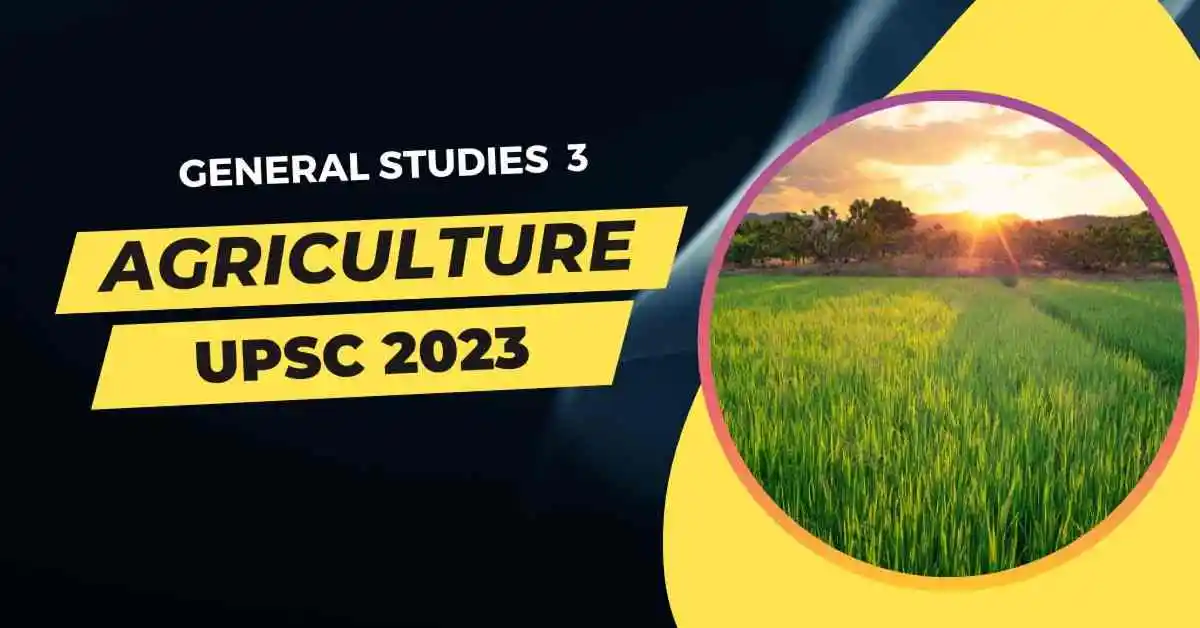
Important topics for Agriculture for UPSC 2023
- Posted by Vizmins Official Post
- Categories Agriculture, General Studies 3
- Date July 23, 2022
Topics for Agriculture
Government Schemes and Programmes
Topics Covered:
National Turmeric Board, Negotiable warehouse receipt (NWR) system, Seed treaty, KRITAGYA 3.0, PARVAZ Market Linkage scheme, Rythu Bharosa Kendras (Andhra Pradesh), SAMARTH, ‘Jute Mark India’ logo, Agriculture Census, Modified Interest Subvention scheme (MISS), .Pradhan Mantri Fasal Bima Yojana (PMFBY) , Convergence portal of govt’s 3 flagship schemes, Jal Jeevan Mission, PM Kisan Scheme, Price stabilization Fund (PSF), Fodder-centric FPOs, PM PRANAM (Promotion of Alternate Nutrients for Agriculture Management Yojana), One Nation, One fertilizer scheme, Fertilizer Subsidy, Primary Agricultural Credit Society (PACS)
Major crops-cropping patterns in various parts of the country
Topics Covered:
Cotton, Opium opened for private players, GM mustard, Sugar production, Coffee, Wheat cultivation in India, Basmati rice, Basmati rice, Onion in India, Cardamom, Millets, Monocropping
Different types of irrigation and irrigation systems
Transport and marketing of agricultural produce
e-technology in the aid of farmers.
Issues related to direct and indirect farm subsidies, and minimum support prices
Topics Covered:
Fair and Remunerative Price (FRP), Minimum Support Price (MSP), Agriculture subsidies
Public Distribution System-objectives, functioning, limitations, revamping, issues of buffer stocks and food security
Technology missions
Topics Covered:
Various agriculture practices, Precision agriculture, Green Manuring, Drip irrigation , Shifting agriculture (podu), Partial stubble burning, Conservation Agriculture (CA), Fishbone channel plantation method, System of Rice Intensification (SRI), Direct-seeded rice, Rice fortification, Rice fortification, Soil Carbon Sequestration, Black Soil, Regenerative agriculture, Regenerative agriculture, Asian Palm Oil Alliance, Purse Seine Fishing
Economics of animal-rearing.
Food processing
Land Reforms in India

Register for Vized App
Complete solution for your Self-Study
Get early access to the VIZED app, where you can Create, Save, Like, and Bookmark Notes.
Study Smart.
Tag:Agriculture, UPSC




